Advertisement
It’s a question AI users and tech watchers keep asking. After the buzz around GPT-3 and GPT-4, it’s only natural to wonder what’s next. The name GPT-5 gets thrown around often, even if no official release has happened yet. People want to know: Is it in the works? What will it be capable of? When will it come out? OpenAI, the company behind the GPT series, hasn't said much publicly, but small clues are starting to surface.
Between job postings, internal research hints, and developer chatter, signs are pointing to something big. Whether that something is called GPT-5 or another name is still up in the air, but the future of AI is clearly being built in real time.
GPT-5 is expected to be a large leap forward—at least that's what many in the field are predicting. GPT-3 was a major turning point for language models. GPT-4 refined that output, making it more reliable, safer, and better at following instructions. But it still has blind spots. It forgets things mid-conversation. It makes things up. It can't keep a long-term context. GPT-5 may not be perfect either, but it's likely to be smarter, faster, and more memory-efficient.
One of the biggest hopes is an improvement in reasoning capacity. OpenAI has suggested long-term memory capabilities, which would enable future models to retain facts or tasks between sessions. This would be a huge shift from the current GPT-4 operation, where each conversation begins anew unless temporary memory is explicitly engaged.
Another upgrade could involve multimodal inputs. While GPT-4 can already process text and images, it's limited in combining them naturally. The future GPT model might push this further, enabling users to collaborate using video, audio, and even physical sensors or live feeds. That would lead to far more real-time interaction, more natural responses, and more intelligent task automation.
There's also growing interest in using smaller models efficiently through local customization. Instead of relying on one massive brain in the cloud, future versions of GPT might allow secure, offline tweaks using user-specific data. This type of flexibility could make AI tools much more personal and private.
OpenAI hasn’t officially confirmed a launch date for GPT-5. Sam Altman, OpenAI’s CEO, has acknowledged that work is underway but hasn't tied that work to a firm schedule. Earlier in 2023, reports suggested that training for GPT-5 hadn’t started due to resource constraints. But by early 2024, newer rumors suggested that internal testing had begun, even if the model wasn’t yet ready for public release.

There's also a pattern for OpenAI's name. GPT-2 was public in 2019, GPT-3 in 2020, and GPT-4 in 2023. That gap between GPT-3 and GPT-4 was longer—about three years—and GPT-4 was released in stages: private preview, then API access, then full rollout through ChatGPT Plus. If that pacing continues, we might expect GPT-5 sometime in late 2025 or early 2026. But this is still speculation.
Some AI developers have noted OpenAI hiring for specific GPT-5 roles, such as safety reviewers and fine-tuning researchers, as a strong sign of progress. That usually happens when a model is past the early prototype phase and is being polished for controlled environments. The fact that OpenAI has been expanding its compute resources and investing in new data centers also supports the idea that large-scale training is either underway or being planned.
Still, training something the size of GPT-5 isn’t fast or cheap. It takes months and hundreds of millions of dollars. Add in testing, legal reviews, and safety evaluations, and it becomes clear why these launches can’t be rushed—even if the demand is sky-high.
It's easy to get swept up in the buzz. Every few weeks, a tweet or blog post claims GPT-5 is just around the corner. Some of those are clickbait. Others come from well-meaning people who spotted a job listing or a leaked screenshot. But without a confirmed release date or model specs, most of this talk is just noise. The truth is more complex. GPT-5—or whatever name it ends up getting—will only launch when OpenAI feels confident in its safety and usefulness.
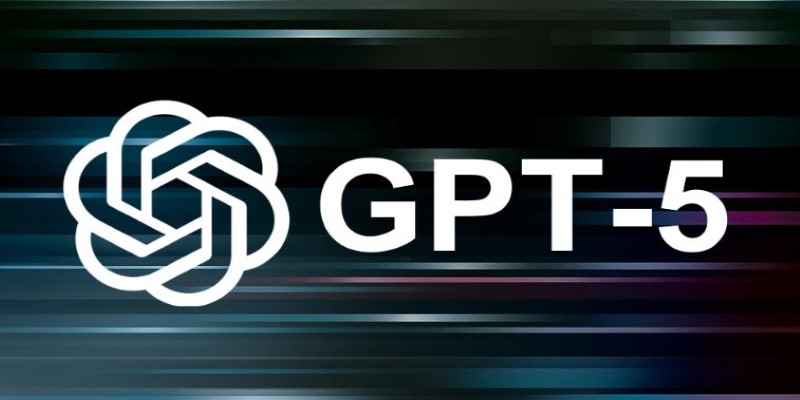
One thing to expect is more attention on AI ethics and transparency. GPT-4 faced criticism around hallucinations, bias, and control. The next GPT model will likely include stronger tools to reduce those risks. OpenAI may also be more open about how the model was trained, what data was used, and how human oversight was included.
Another big issue is regulation. With governments now paying more attention to AI, new models could face scrutiny from day one. That includes privacy concerns, misinformation risks, and the legal status of machine-generated content. Any public rollout of GPT-5 will probably be shaped by what lawmakers allow and what OpenAI agrees to follow.
But hype aside, users can expect steady improvement. Whether it comes in the form of GPT-5, a different model name, or a new API feature, OpenAI is clearly working toward smarter and more helpful AI systems. That doesn’t mean huge overnight changes. But it does mean better tools, more control, and eventually more trustworthy digital assistants.
GPT-5 is coming—but not just yet. OpenAI is clearly working on the next GPT model, but there’s no confirmed launch date. Based on current trends and development patterns, it may appear in late 2025 or beyond. Until then, GPT-4 remains a solid tool for most users. The future model is expected to offer better memory, smarter outputs, and more natural interactions. Whether or not it’s called GPT-5, what’s being built is a smarter version of what we already have. For now, the best approach is to stay updated and make the most of what’s already in your hands.
Advertisement

GenAI is proving valuable across industries, but real-world use cases still expose persistent technical and ethical challenges

How mastering SQL with CSVs can improve your data workflow. Use practical queries for cleaning, combining, and exploring CSV files through simple SQL logic
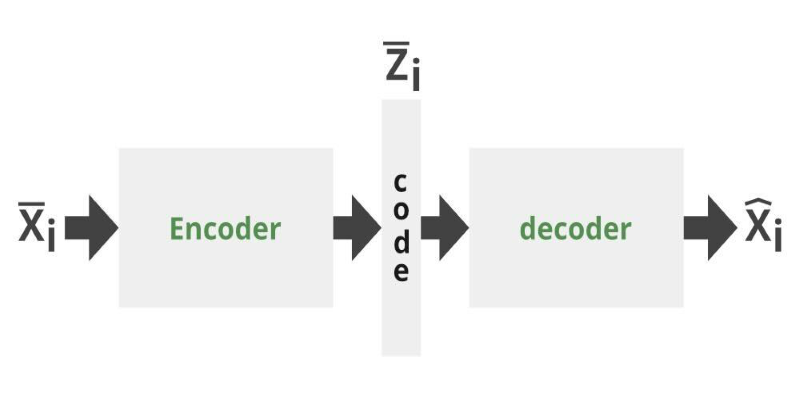
Can you get the best of both GANs and autoencoders? Adversarial Autoencoders combine structure and realism to compress, generate, and learn more effectively

Discover 10 job types AI might replace by 2025. Explore risks, trends, and how to adapt in this complete workforce guide.

How the Hugging Face embedding container simplifies text embedding tasks on Amazon SageMaker. Boost efficiency with fast, scalable, and easy-to-deploy NLP models
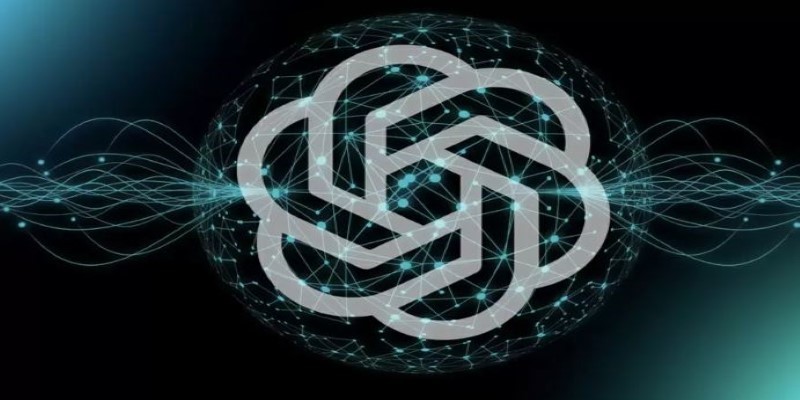
How 7 popular apps are integrating GPT-4 to deliver smarter features. Learn how GPT-4 integration works and what it means for the future of app technology

Windows 12 introduces a new era of computing with AI built directly into the system. From smarter interfaces to on-device intelligence, see how Windows 12 is shaping the future of tech
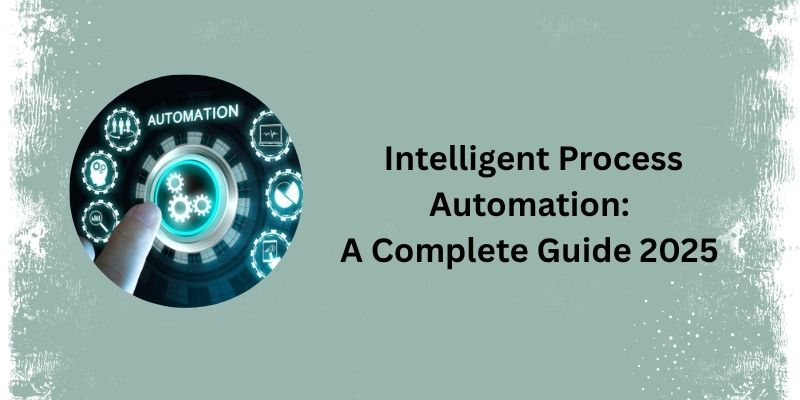
See how Intelligent Process Automation helps businesses automate tasks, reduce errors, and enhance customer service.

How AI in mobiles is transforming smartphone features, from performance and personalization to privacy and future innovations, all in one detailed guide

How to convert Python dictionary to JSON using practical methods including json.dumps(), custom encoders, and third-party libraries. Simple and reliable techniques for everyday coding tasks

How switching from chunks to blocks is accelerating uploads and downloads on the Hub, reducing wait times and improving file transfer speeds for large-scale projects
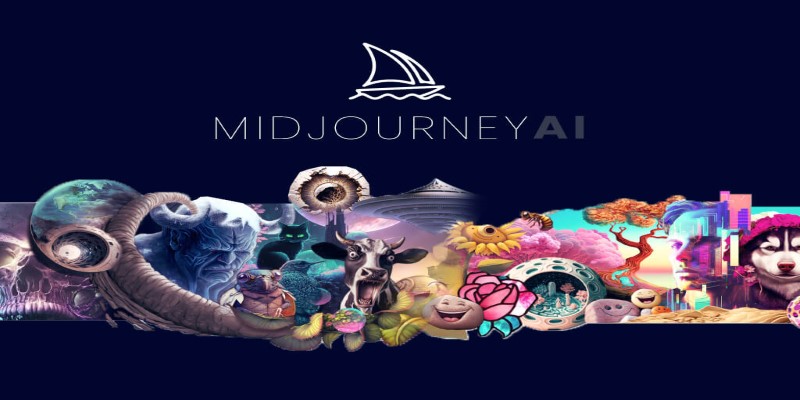
A step-by-step guide on how to use Midjourney AI for generating high-quality images through prompts on Discord. Covers setup, subscription, commands, and tips for better results